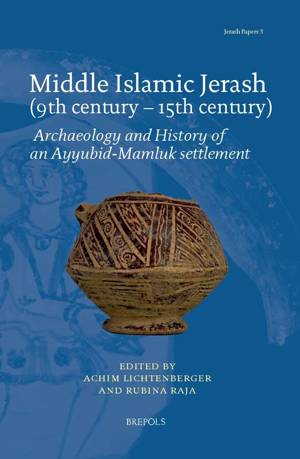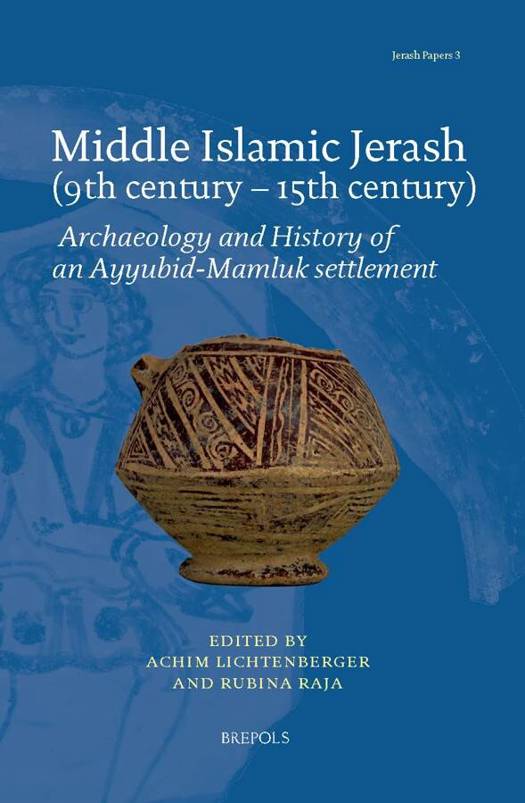
- Afhalen na 1 uur in een winkel met voorraad
- Gratis thuislevering in België vanaf € 30
- Ruim aanbod met 7 miljoen producten
- Afhalen na 1 uur in een winkel met voorraad
- Gratis thuislevering in België vanaf € 30
- Ruim aanbod met 7 miljoen producten
Zoeken
Middle Islamic Jerash (9th Century - 15th Century)
Archaeology and History of an Ayyubid-Mamluk Settlement
Achim Lichtenberger
Hardcover | Engels
€ 79,50
+ 159 punten
Omschrijving
Jerash, located in Northern Jordan, was a well-established settlement throughout Antiquity, and it continued to thrive into the early Islamic period, before being largely destroyed by the earthquake of 749 CE. In the period after, however, the site recovered, and finds from new excavations in the area now suggest that during the Ayyubid-Mamluk period, Jerash was in fact far more extensive than has previously been thought. This volume explores Middle Islamic Jerash through an analysis of previously unpublished material revealed during recent excavations at the settlement. The articles collected here examine archaeological evidence from the site, with a particular emphasis on pottery finds, as well as discussing literary sources and the wider historical context of these items. In doing so, the volume offers new perspectives on key developments within Jerash in the twelfth to fifteenth centuries, and the way in which these relate to the overall evolution of the Levant during this understudied period.
Specificaties
Betrokkenen
- Auteur(s):
- Uitgeverij:
Inhoud
- Aantal bladzijden:
- 228
- Taal:
- Engels
Eigenschappen
- Productcode (EAN):
- 9782503578125
- Verschijningsdatum:
- 25/10/2018
- Uitvoering:
- Hardcover
- Formaat:
- Genaaid
- Afmetingen:
- 163 mm x 239 mm
- Gewicht:
- 657 g

Alleen bij Standaard Boekhandel
+ 159 punten op je klantenkaart van Standaard Boekhandel
Beoordelingen
We publiceren alleen reviews die voldoen aan de voorwaarden voor reviews. Bekijk onze voorwaarden voor reviews.











